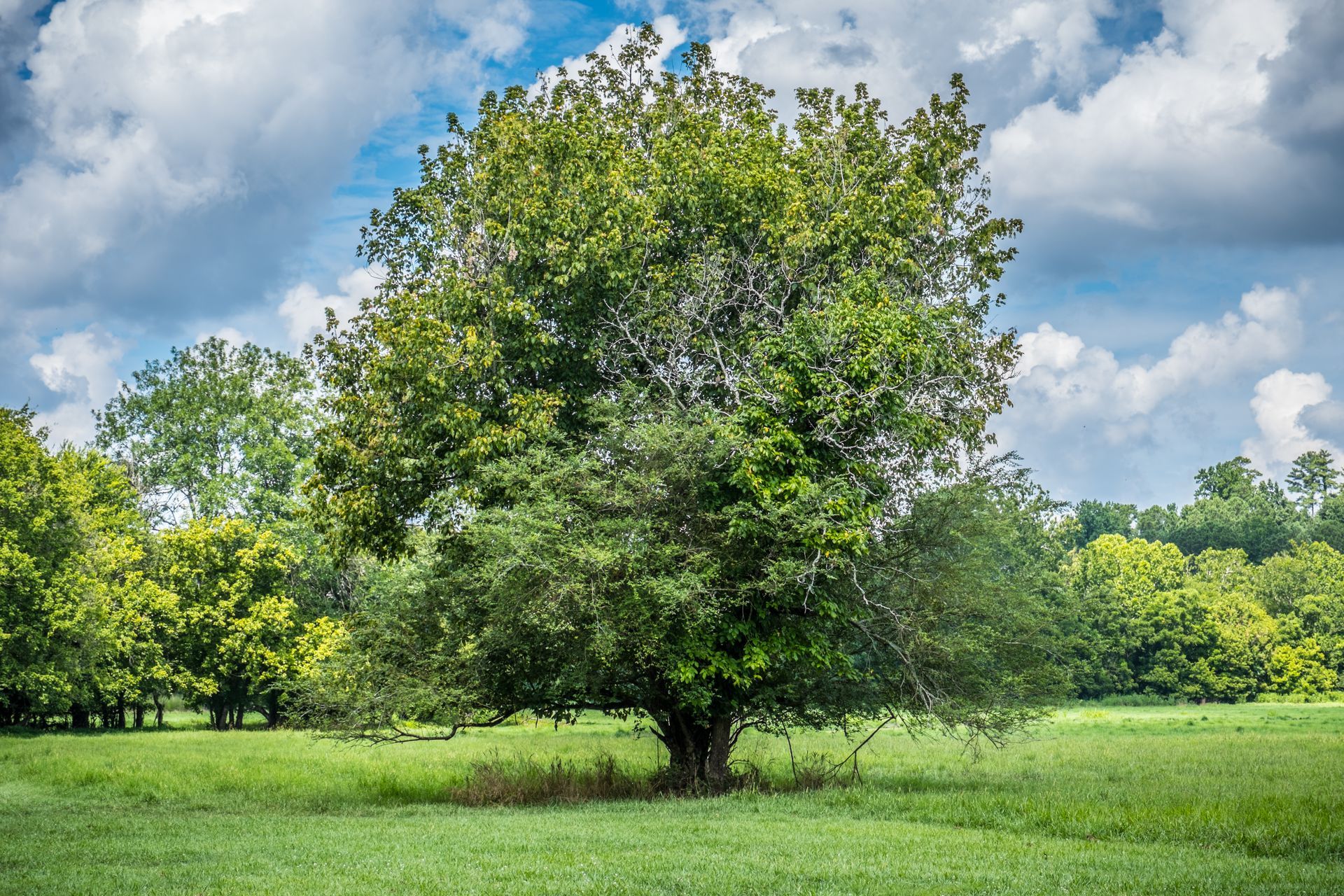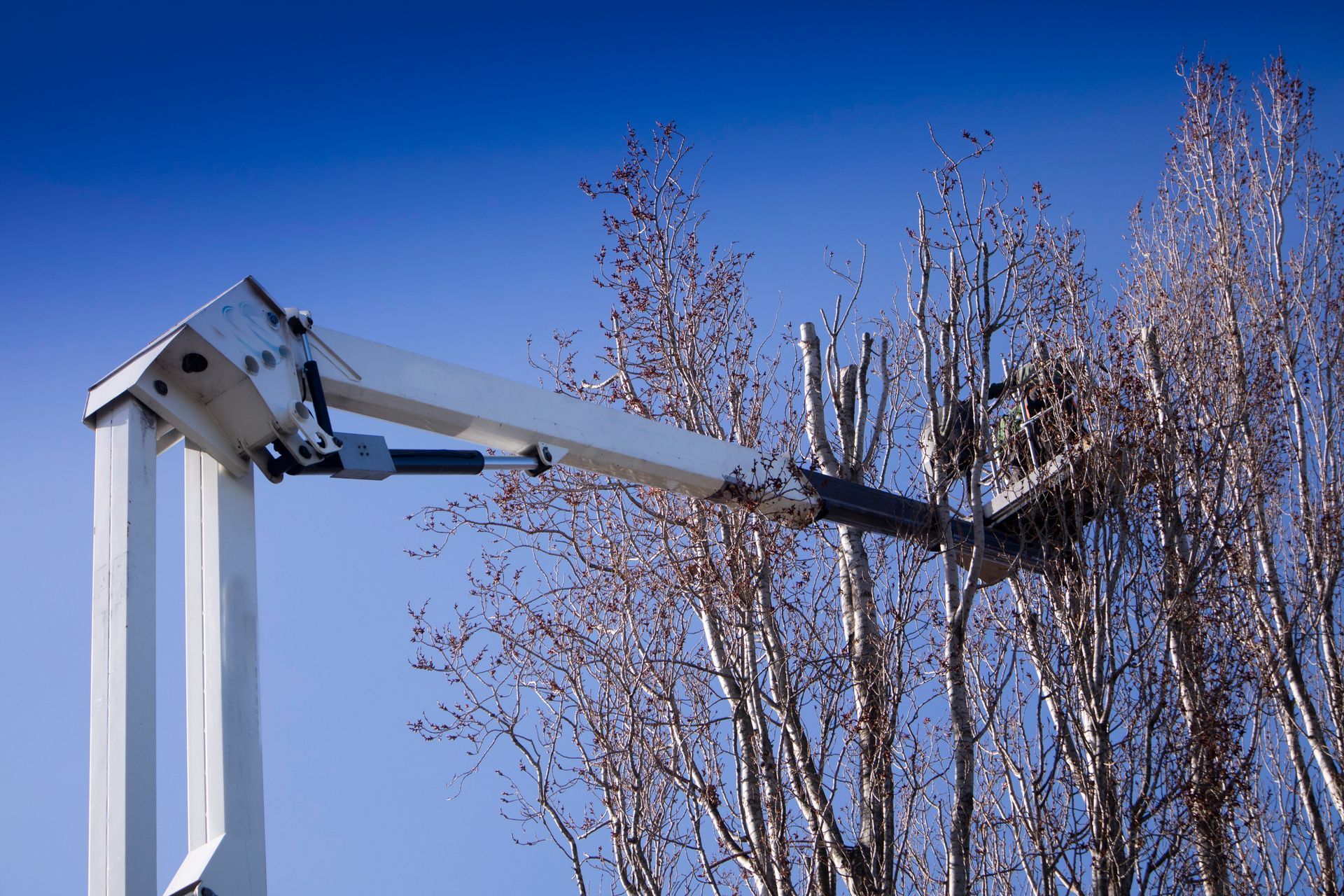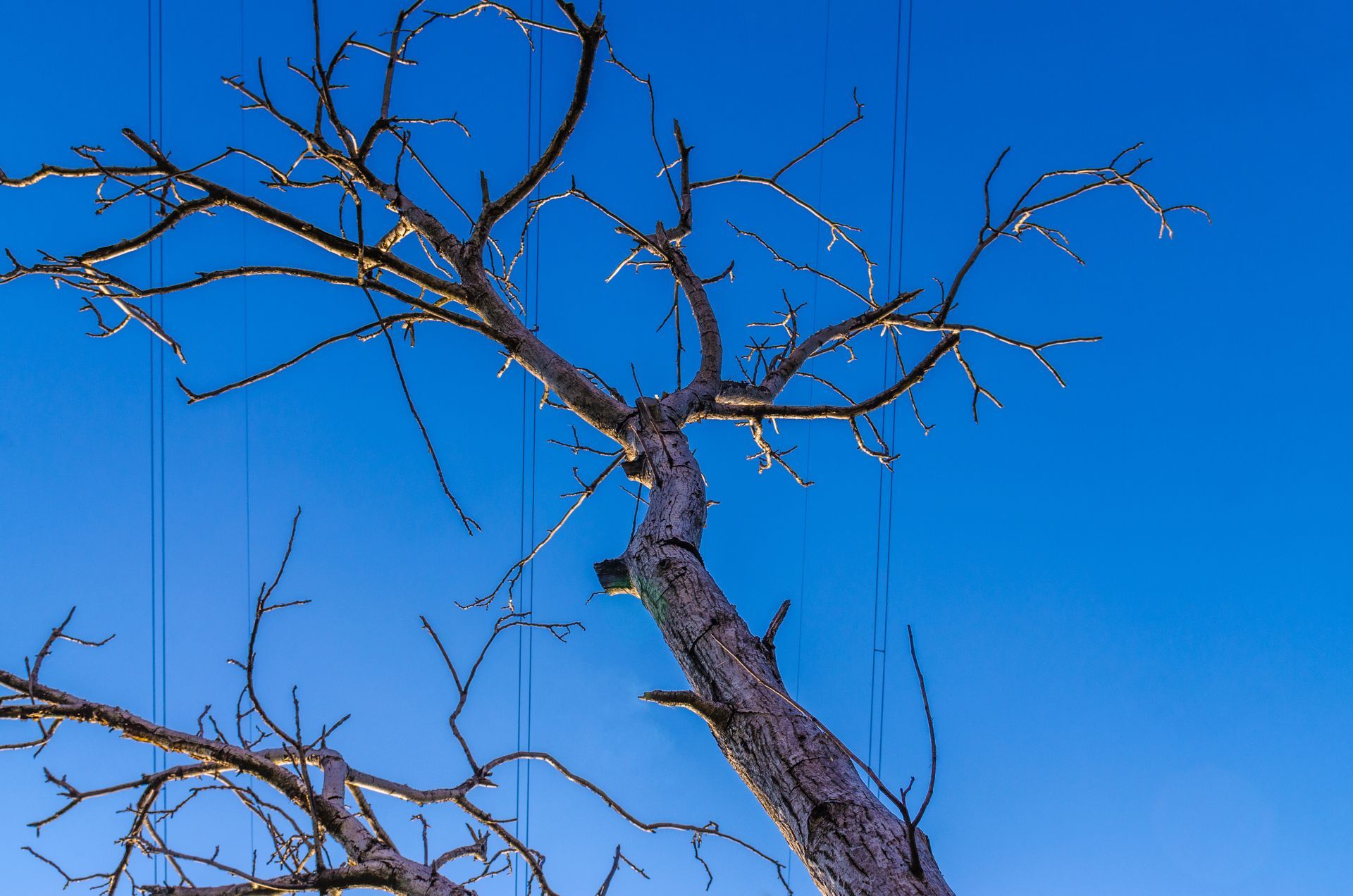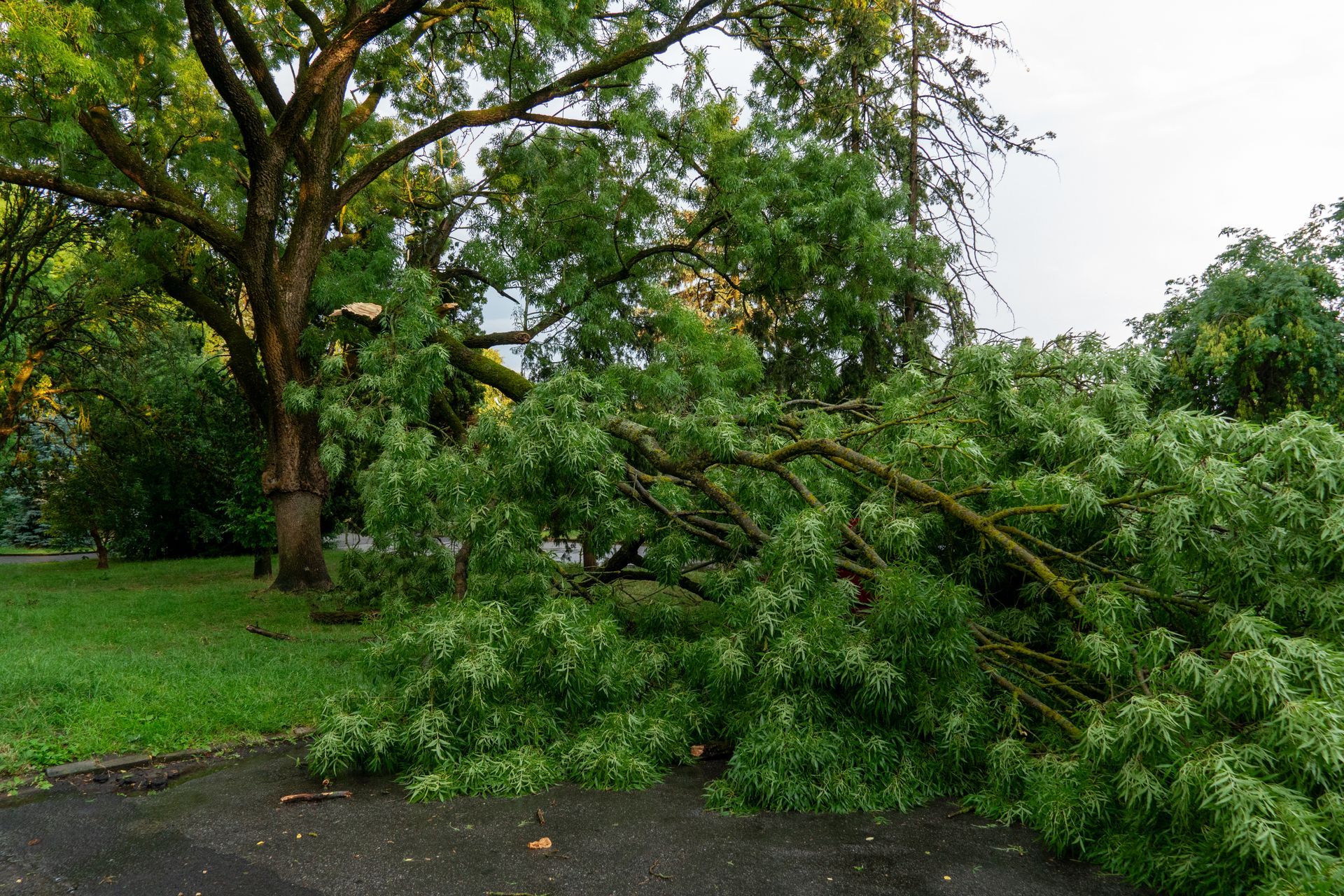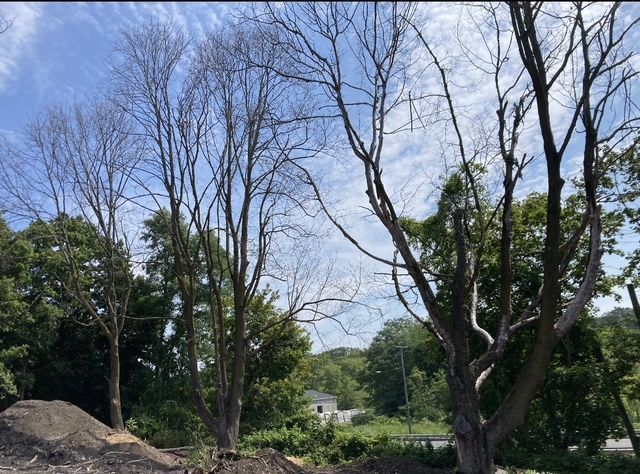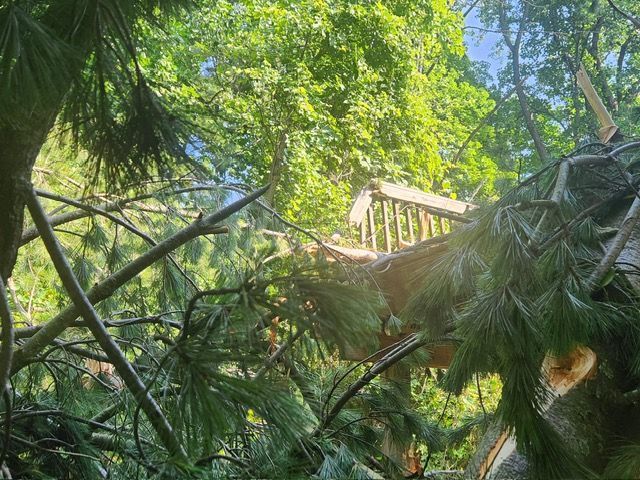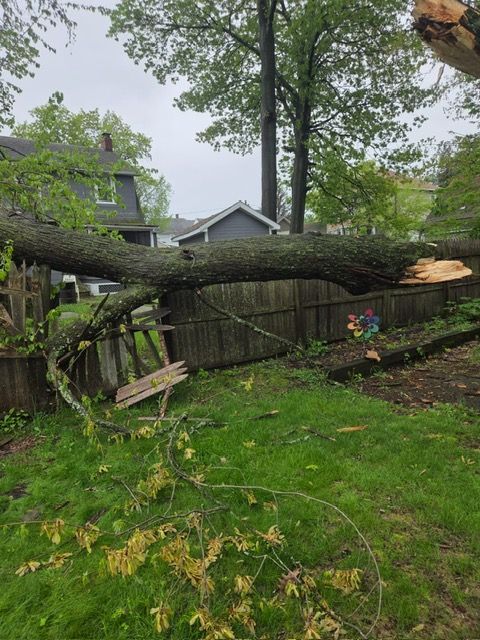Tree Roots in Farmington, CT: The Hidden Threat Beneath Your Yard
Tree Roots in Farmington, CT: The Hidden Threat Beneath Your Yard
They’re silent, steady, and always on the move.
Tree roots twist through the soil like an underground network—anchoring your trees, seeking water, and quietly shaping the ground beneath your feet.
But in Farmington and nearby towns like Avon, Simsbury, and West Hartford, those same roots can do more than just support a tree. They can crack your driveway, clog your drainage lines, and even shift your home’s foundation over time.
It’s one of those problems homeowners don’t notice until it’s too late. Let’s change that. Here’s what every Farmington homeowner should know about their tree root systems—and how to stop costly damage before it starts.
1. Understanding How Tree Roots Really Grow
Most people picture roots diving deep into the ground—but that’s not quite right.
About 80% of a tree’s roots live within the top 18 inches of soil, spreading outward two to three times the width of the tree’s canopy.
So that big oak shading your front yard? Its roots could easily stretch under your driveway or even toward your foundation.
Roots naturally follow moisture and oxygen. So, if your soil drains poorly or there’s a small leak in a water line, roots will find their way there—and that’s when problems begin.
2. Common Root Problems in Farmington Yards
Here’s what we regularly see around Farmington, Avon, and West Hartford:
- Uplifted sidewalks or driveways: Caused by large roots pushing up from below.
- Cracked foundations or basement leaks: Often linked to soil movement or root pressure near the home.
- Girdling roots: When a tree’s own roots wrap around the base of the trunk, choking it.
- Bare patches or dead grass: A sign of heavy competition for water and nutrients.
These are all signals that the root system is overreaching—or struggling—and needs attention.
3. Safe and Smart Root Management
Here’s the good news: most root issues can be corrected without removing the tree.
- Root pruning: Performed by a certified arborist, this involves cutting select roots safely without destabilizing the tree.
- Root barriers: Installed underground to redirect future root growth away from structures or paved areas.
- Soil aeration: Improves drainage and oxygen flow to roots, reducing their need to spread outward.
- Mulching: Keeps roots cool and moist, encouraging even growth closer to the trunk.
The key is knowing where and how to intervene—cut too much, and the tree could decline.
4. When Roots Become a Risk
Sometimes, the problem goes beyond inconvenience.
If your tree starts leaning, losing leaves, or showing signs of decay at the base, it could mean root rot or structural instability.
In those cases, removal might be the safest option—especially for trees close to your home, pool, or driveway. A professional inspection will reveal whether pruning, treatment, or full removal is best.
5. Why Local Experience Matters
The soil in Farmington is unique—rich in some areas, clay-heavy in others.
That’s why what works for one property might not work for the next.
At Fleet Farmington Tree Service, we know the difference. Our team understands local soil conditions, drainage patterns, and species common to the Farmington Valley area. We don’t just treat symptoms—we find the cause, whether it’s root compaction, overgrowth, or early decay.
Final Thought: Protect What You Can’t See
Healthy roots mean healthy trees—but neglected roots can cause major, hidden damage.
If you’ve noticed uneven ground, lifted walkways, or cracks forming near your home’s foundation, don’t wait for it to get worse.
Our experts at Fleet Farmington Tree Service can assess your property, locate problem roots, and create a long-term solution that protects both your trees and your home.
Because sometimes, the biggest problems are the ones you can’t see—until it’s too late.
